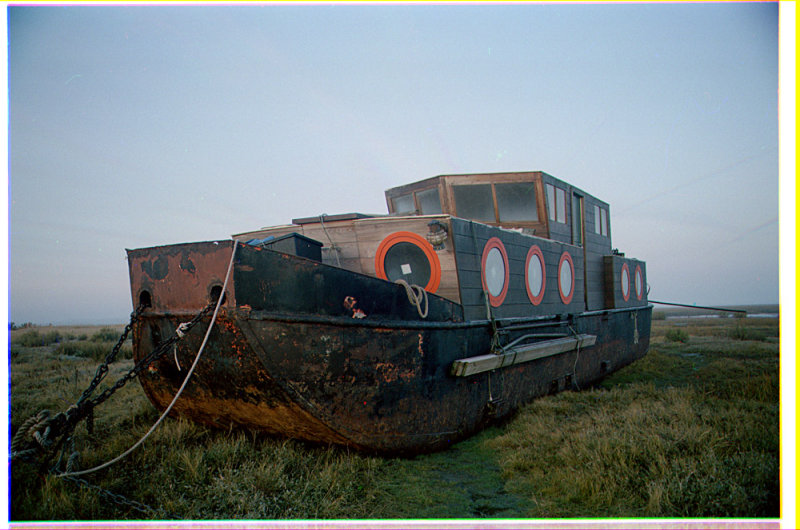[QUOTE=Bruce Watson;Been there, done that. It's called [URL="http://en.wikipedia.org/wiki/Technicolor#Three-strip_Technicolor"]Technicolor.[/URL] There were even still LF cameras made to do this which exposed three B&W frames at a time (5x4 film IIRC). I saw one once but don't remember who made it.
While Technicolor is a similar process, it is quite a modern one (1930's) compared to the one demonstrated in my blog. The inspiration for my little experiment came from the 1860's and the initial work done by Scottish physicist James Clark Maxwell
His methods were refined and due to the faster emulsions available at the turn of the 20th Century brought about the beautiful work of Sergey Prokudin-Gorsky
Other early colour processes include Dufaycolour and Autochrome which used a RGB 'reseau' in order to create their colour rather like Bayer array in a Digicam (but random)
The Idea behind this isn't to create a 'cheap' method to make colour images, but for me it creates a higher colour fidelity (filter quality allowing) with more control than conventional C-41 which has thick dye layers and orange masking rather than silver thin emulsions.
I've have found that it is a very good process for landscapes, registration in Photoshop is not a real problem if you put a grid over the image and nudge the layers into registration.
I'm enjoying experimenting!

Regards
Mark



 Reply With Quote
Reply With Quote




Bookmarks